
Biotic or Abiotic
Many abiotic forces influence where life can exist and the types of organisms found in different parts of the biosphere. The abiotic factors influence the distribution of climates, flora, and fauna. 17.24: Introduction to Biotic and Abiotic Factors is shared under a not declared license and was authored, remixed, and/or curated by LibreTexts.
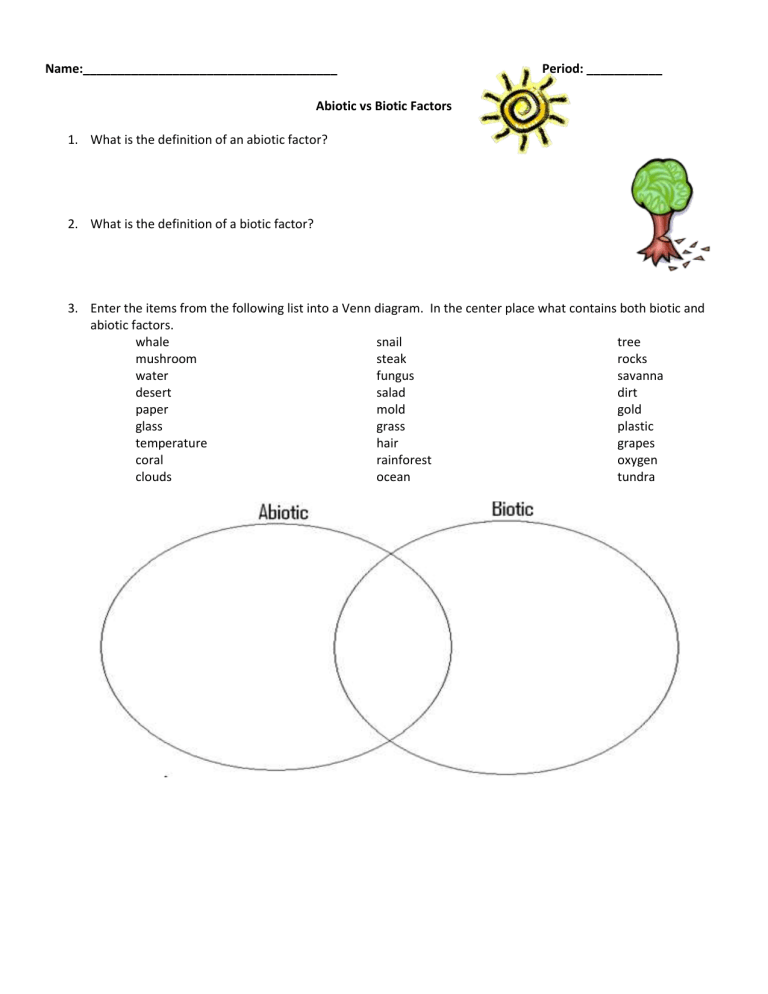
Abiotic and Biotic Factors
The biotic factors refer to all the living beings present in an ecosystem, and the abiotic factors refer to all the non-living components like physical conditions (temperature, pH, humidity, salinity, sunlight, etc.) and chemical agents (different gases and mineral nutrients present in the air, water, soil, etc.) in an ecosystem.

Abiotic and biotic factors enabling the use of stimuliresponsive... Download Scientific Diagram
What is the biosphere? What is the role of the biosphere? What are the abiotic and biotic components of the biosphere? What are the major cycles that occur in the biosphere? biosphere, relatively thin life-supporting stratum of Earth 's surface, extending from a few kilometres into the atmosphere to the deep-sea vents of the ocean.
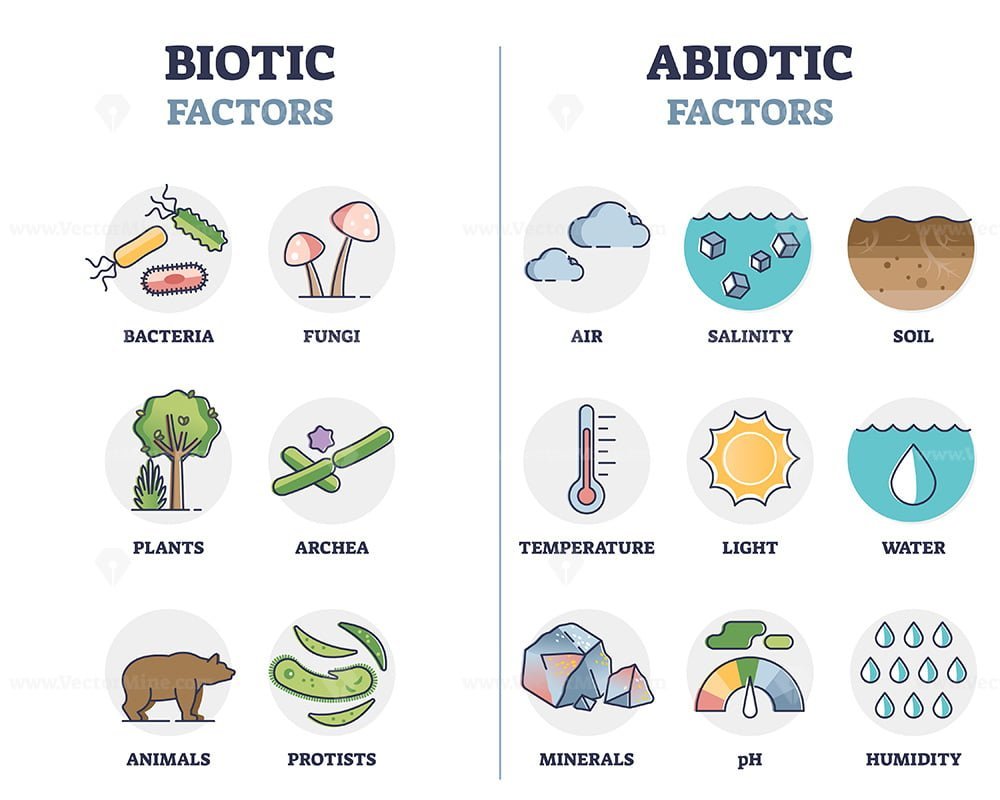
Biotic and abiotic factors as biological elements division outline diagram VectorMine
Biotic factors include plants, animals, and other organisms. Abiotic factors include rocks, temperature,. The audio, illustrations, photos, and videos are credited beneath the media asset, except for promotional images, which generally link to another page that contains the media credit. The Rights Holder for media is the person or group.
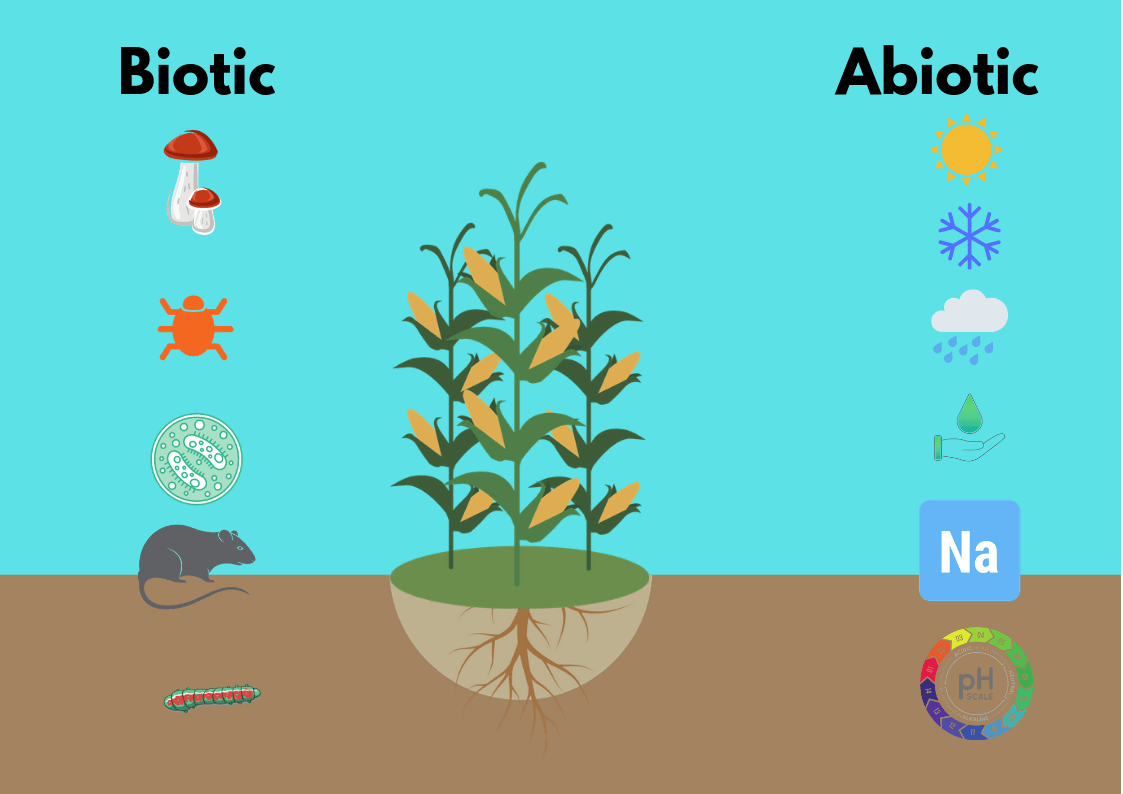
Abiotic and biotic plant stresses and biostimulant and micronutrient positive effects
In ecology, biotic and abiotic factors encompass all the living and non-living parts of an ecosystem. Biotic factors pertain to living organisms and their relationships. Abiotic factors are.
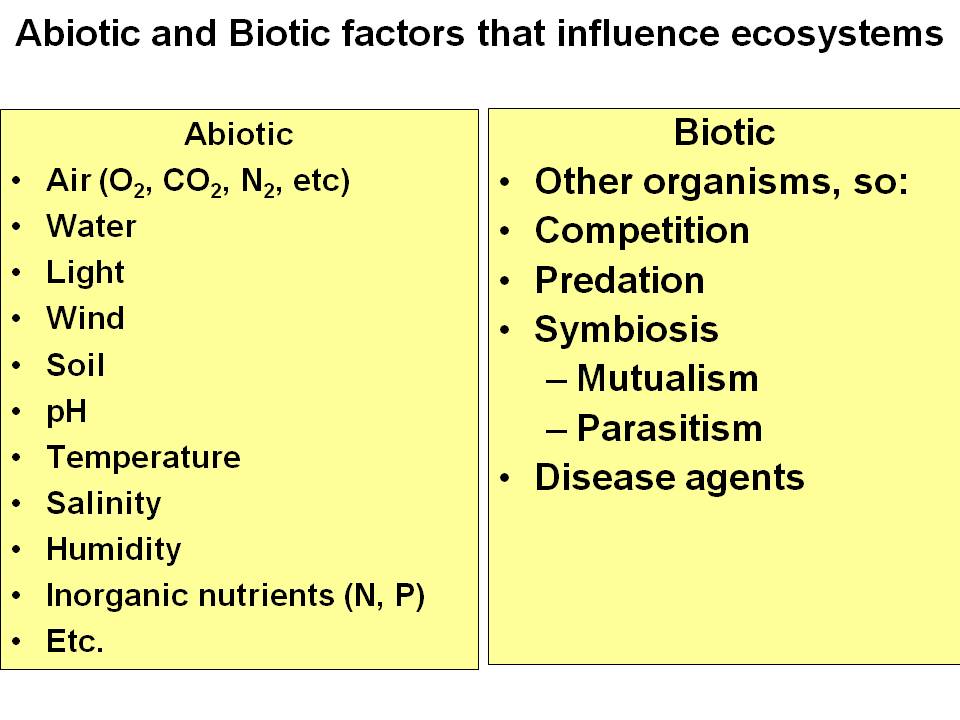
Abiotic & Biotic Factors Ecology
Browse 20+ biotic component stock photos and images available, or start a new search to explore more stock photos and images. Sort by: Most popular Biotic and abiotic factors as biological elements division. Biotic and abiotic factors as biological elements division outline diagram.

Biotic and abiotic factors affecting plantmicrobe interactions during... Download Scientific
217 biotic abiotic stock photos, vectors, and illustrations are available royalty-free. See biotic abiotic stock video clips All image types Photos Vectors Illustrations Orientation Color People Artists Offset images AI Generated More Sort by Popular Biotic and abiotic factors as biological elements division outline diagram.
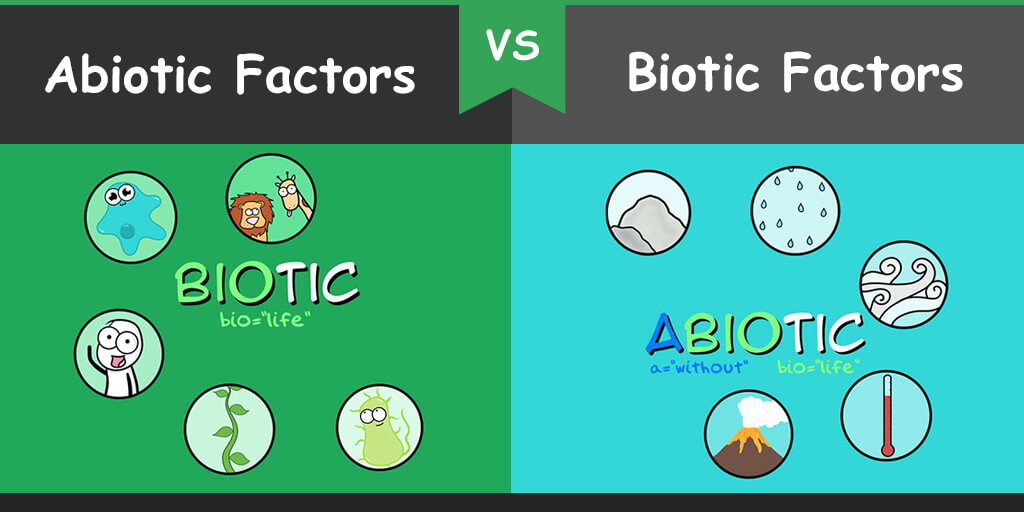
Difference between Abiotic and Biotic Factors Bio Differences
Sunlight, climate, water, humidity, wind, soil, temperature, and minerals are a few examples of abiotic factors. Useful links: 1, 2. The combination of biotic and abiotic factors determines how species adapt to their environment. Three main types of biotic factors are producers, consumers, and decomposers.

Biotic abioticcycles
Definition A biotic factor is a living thing that has an impact on another population of living things or on the environment. Abiotic factors do the same thing, but they are non-living. Together, biotic and abiotic factors make up an ecosystem. To survive, biotic factors need abiotic factors.

Abiotic and biotic factors
Browse 110+ abiotic stock photos and images available, or start a new search to explore more stock photos and images. Sort by: Most popular Biotic and abiotic factors as biological elements division. Biotic and abiotic factors as biological elements division outline diagram.
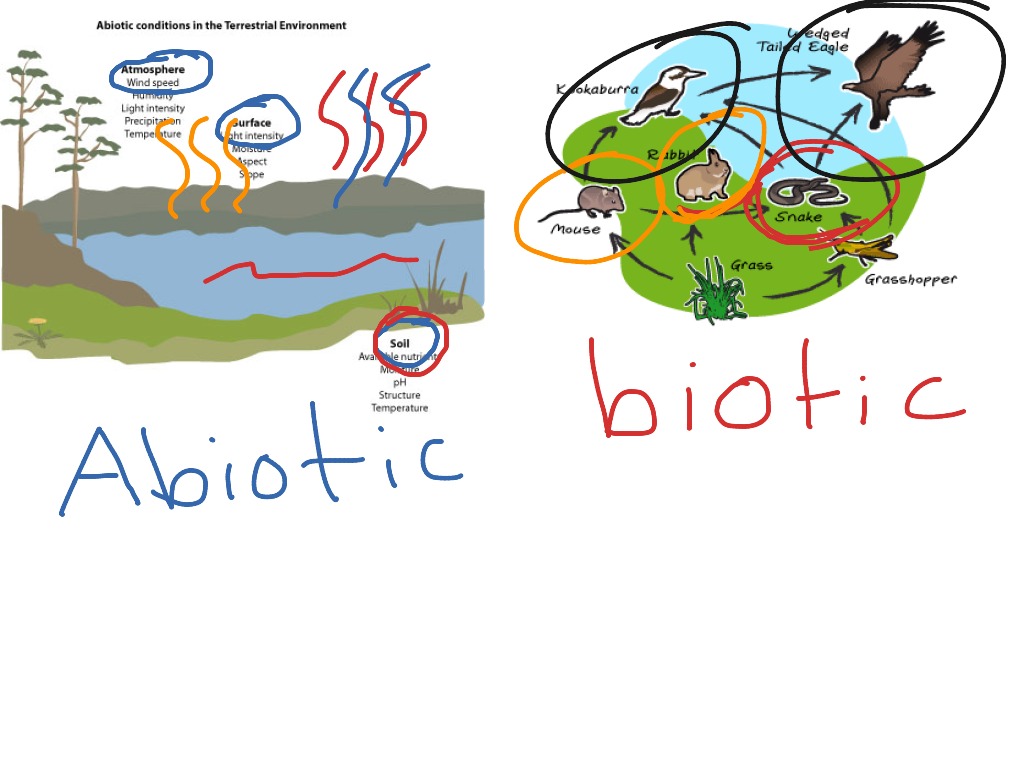
Abiotic and Biotic factors Science ShowMe
COLLECTION Biotic Factors A biotic factor is a living organism that shapes its environment. In a freshwater ecosystem, examples might include aquatic plants, fish, amphibians, and algae. Biotic and abiotic factors work together to create a unique ecosystem. Grades 3 - 12+ Subjects Biology, Ecology, Geography, Physical Geography encyclopedic entry
Alive or not alive?That is the question. Howard's "Happy'nings"
Biotic factors are the living aspects of the environment. They consist of other organisms, including members of the same and different species. An ecosystem is a unit of nature and the focus of study in ecology. It consists of all the biotic and abiotic factors in an area and their interactions. Ecosystems can vary in size. A lake could be.
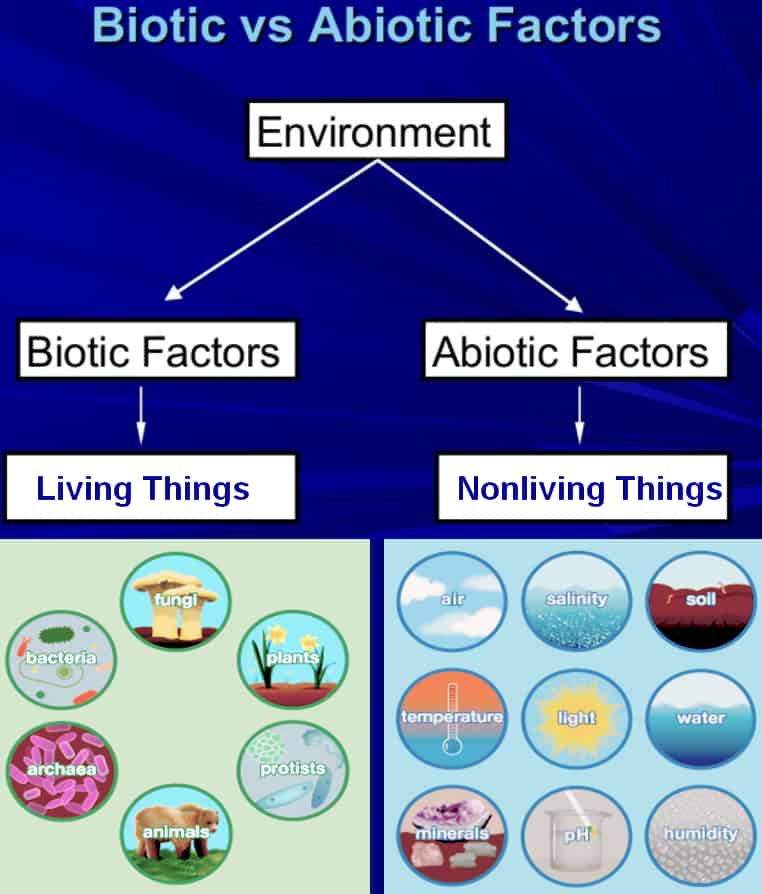
Difference between Biotic and Abiotic factors
Biotic and abiotic factors as biological elements division outline diagram. Nature ecosystem living and non-living organisms classification scheme with labeled component examples vector illustration. Illustration of Abiotic Lettering with Water, Wind, Sun, Soil and Thermometer
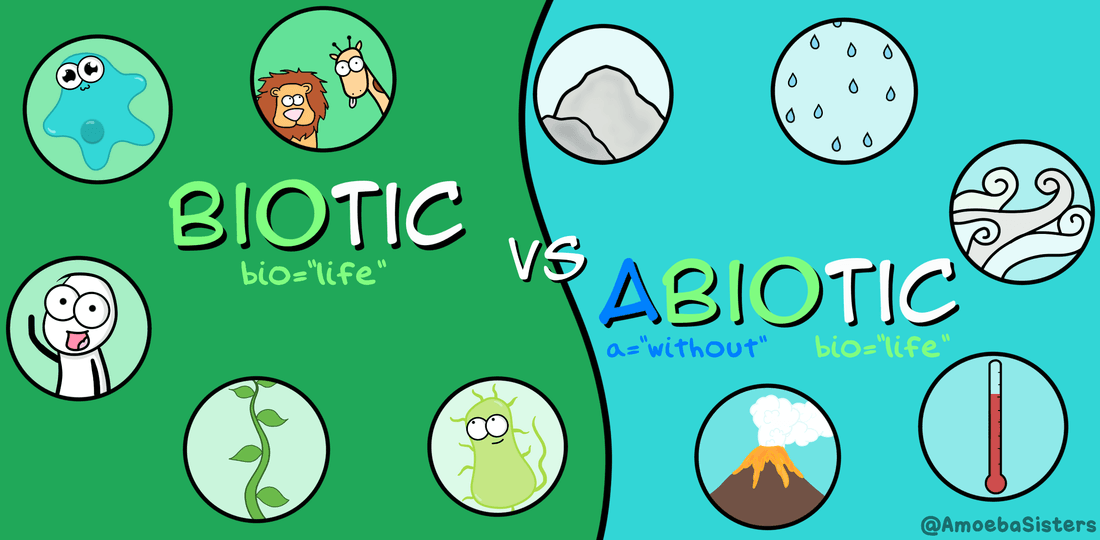
Abiotic vs Biotic 73 plays Quizizz
The abiotic factors in an ecosystem are all the nonliving elements (air, water, soil, temperature) while the biotic factors are all the living organisms in that ecosystem. Biotic Factors in an Ecosystem In an ecosystem, biotic factors include all the living parts of the ecosystem.
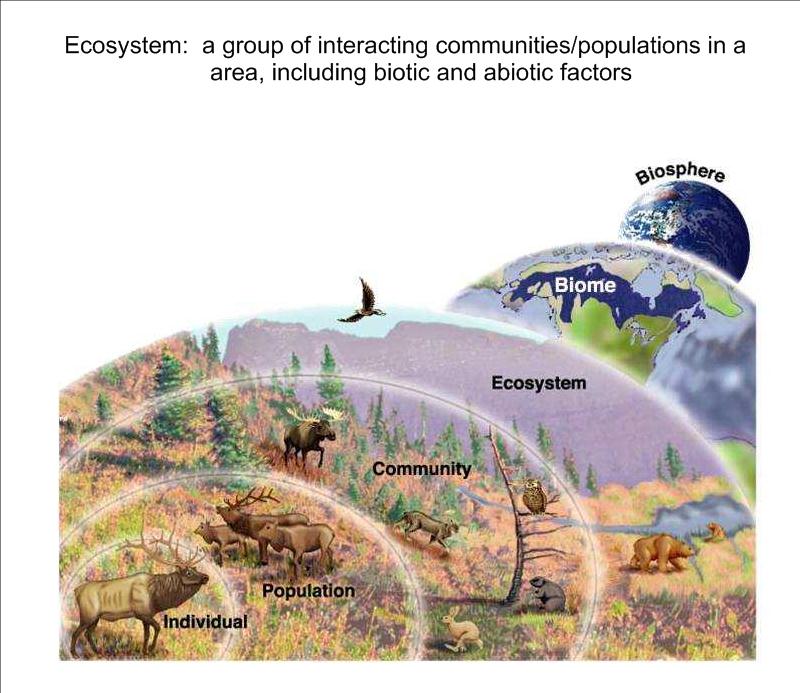
Grade 9 Enriched Science Biotic and Abiotic Factors in Ecosystems
Download and use 400+ Biotic And Abiotic Resources stock photos for free. Thousands of new images every day Completely Free to Use High-quality videos and images from Pexels. Photos. Explore. License. Upload. Upload Join. Free Biotic And Abiotic Resources Photos. Photos 407 Videos 143 Users 149K. Filters. All Orientations. All Sizes #

Biotic and Abiotic Factors Comparison, Differences, and Examples
Biotic and abiotic factors are the two components of an ecosystem. Biotic factors are the living things, like plants, animals, and fungi. Abiotic factors are non-living things, like air, soil, water, and sunlight. Every ecosystem includes both biotic and abiotic factors. Abiotic factors determine the type of life that lives in the ecosystem.